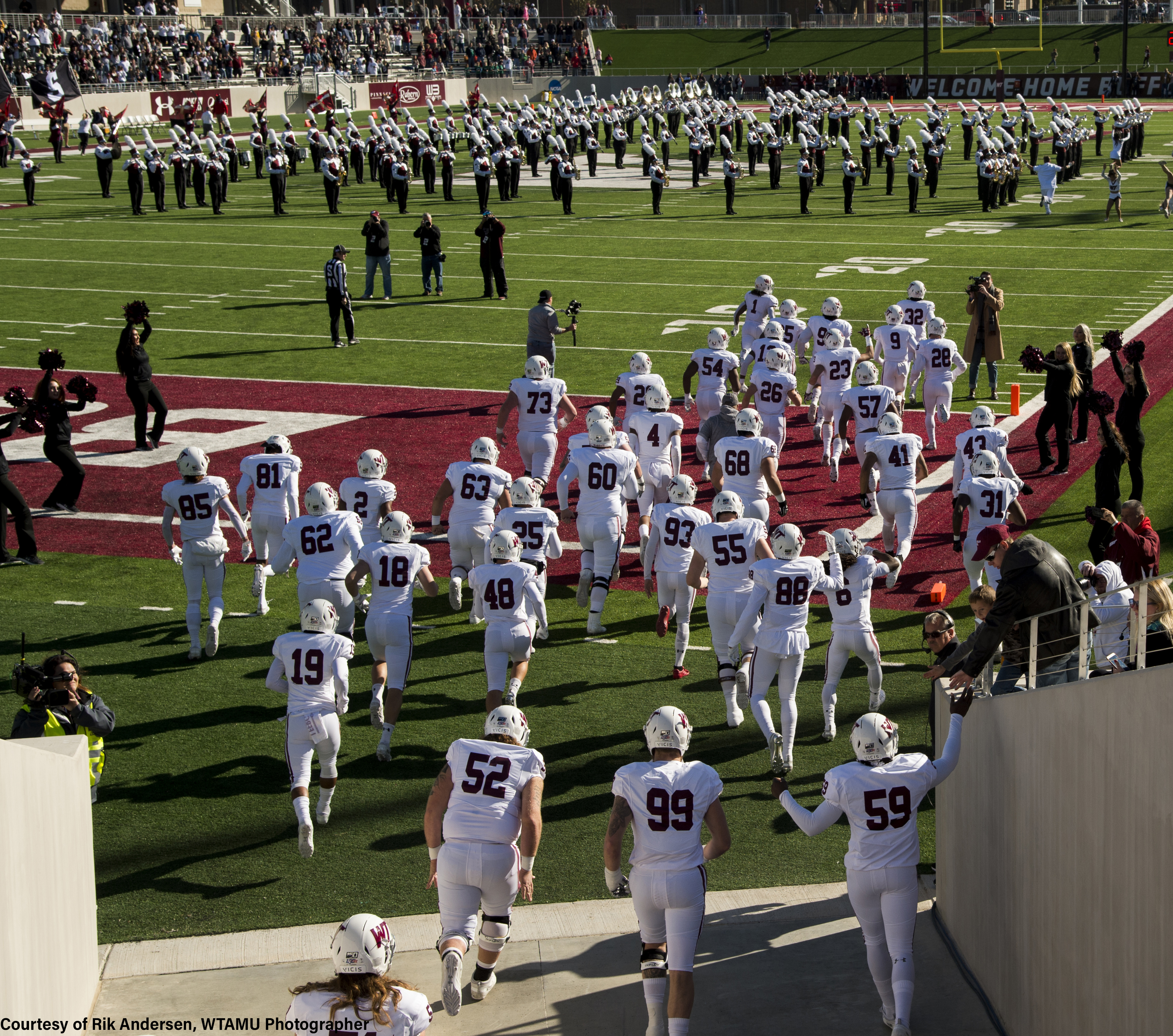
Dual Enrollment – Is it a good deal?
Dual enrollment, or dual credit, is the process whereby students in high school enroll in college courses that count for both high school and college credit. These programs are heavily subscribed to in various parts of our state and nation.…






